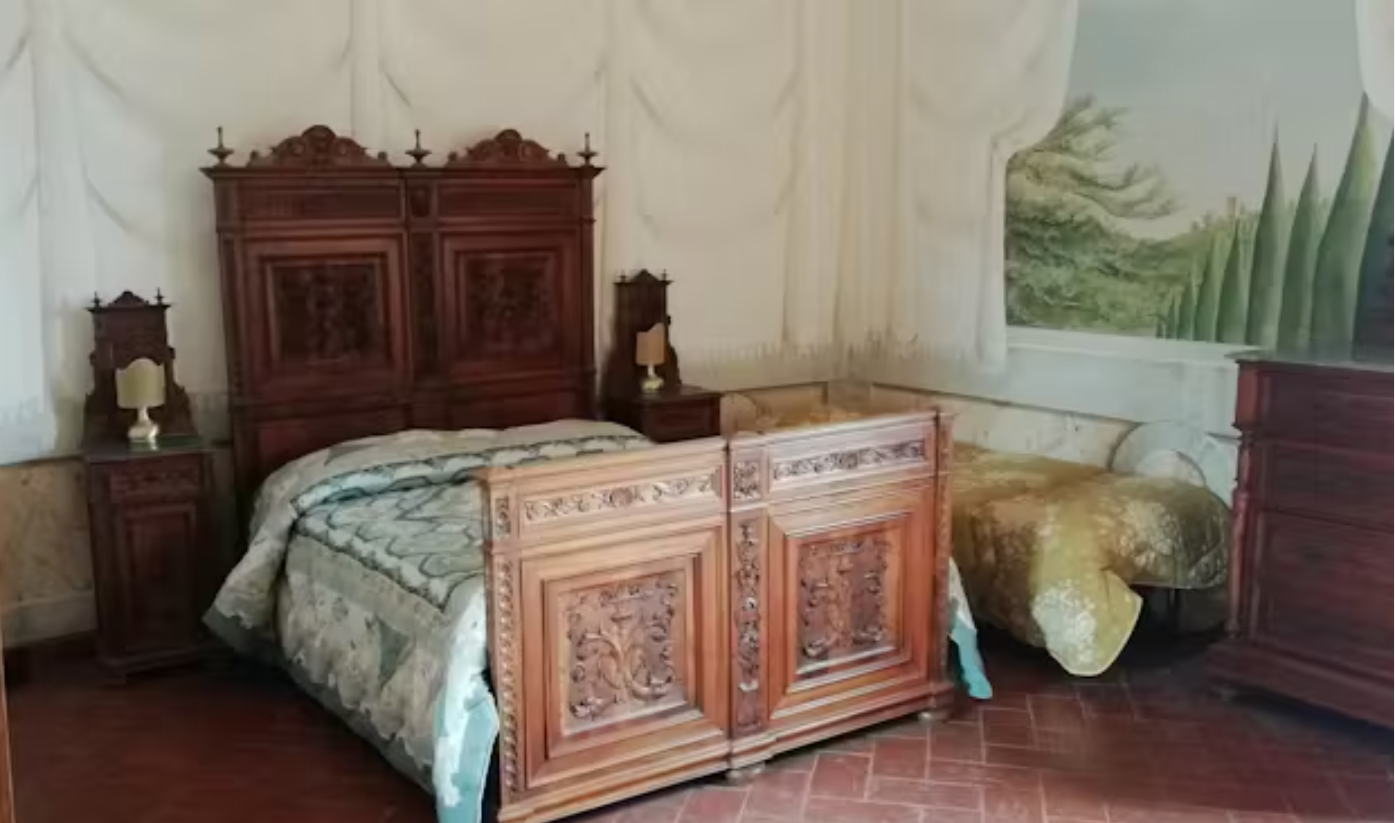
Every year the municipalities of Tuscany participate in a “cultural marathon” with guided visits and special openings of historical and artistic sites normally inaccessible. “Spring Days,” is sponsored by Fondo Ambiente Italiano, (the Italian equivalent of the National Trust), an organization that promotes and safeguards Italy’s historic patrimony. This year the Open Days occur over the weekend of March 23-24 throughout the region.
Towns and provinces surrounding Florence offer a vast array of sites during this weekend dedicated to discovering culture and history through visits to historic villas, fortresses, churches and private collections.
In nearby Prato, the industrial site Fabbrico Storico, dating back to the city’s booming textile industry in the 19th century can be explored, in addition to the adjoining theatres, such as the Fabbricone, created in former warehouses.
The city of Pistoia presents six sites for the weekend. Volunteers conduct tours of the church of San Filippo and Prospero with its stunning Baroque architecture. Nearby one finds Palazzo Reali Vannucci, a private building never before open to the public.
The hilltop village of San Quirico, a short drive from Pienza in the Val d‘Orcia, opens the Oratory of the Santissimo Rosario with its priests’ garden. The sacred spot contains frescoes forgotten over time on the life of Christ and visitors can climb up to the ramparts for a splendid view of the surrounding countryside.
The city of Pisa engaged guides to lead the public on a walk in the historic Kinzica zone, discovering the city’s history through the lives of three women. The district, named after legendary heroine Kinzica de’ Sismondi, who awoke in the night to realize Saracens led by brutal pirate Mogehid slipped into the city via the Arno River and prepared to ransack the population. The Pisan army was on a mission elsewhere and the city was filled with women, children and older men. Kinzica managed to run to the city councilors who began to ring the bells of the Tower of the Ancients, thereby warning the residents to flee and avoided a massacre.
In Lucignano, near Arezzo the Fortezza Medicea built in the 14th century and fortified by Cosimo I de’Medici played a part in protecting Florentine territory from the Sienese and later in the fall of Siena to Florence. Its bastions and towers inspire reflections of battles and conquests in Medieval times.
Families with children might elect to visit the Giardino dei Tarocchi (Tarot Garden) in the village of Capalbio, near Grosetto. This artistic garden filled with fantastical sculptures created from colored mosaics of ceramics, glass and mirrors is reminiscent of Gaudi’s Parque Guell in Barcelona. Capalbio, a scenic walled village in the Maremma, has been awarded the distinction of one of the most beautiful villages in Italy.
Up the coast, the city of Livorno offers visitors the chance to visit the grounds of the Villa Maurogordato. This ancient semi-ruined villa with its 19th century greenhouse, private chapel with frescoes and paintings is immersed in a vast park. The massive Villa Rodocanacchi, a noble residence built in 1636, features a large mosaic floor with arabesque designs and now used by a hospital. But it is the romantic garden with trees imported from around the world which offers a most pleasant visit.
San Gimignano, one of Tuscany’s most iconic towns due to its ancient towers and charm. Of the original 72 towers, only 14 remain intact. On FAI Open Days, the public can tour the tower and house of the Campatelli family. This 28-meter (92 feet) home built in the 12th century, gives visitors a glimpse into 19th century bourgeois Tuscan society with furnishings and décor.
Nature lovers should take the drive to Radicondoli in the province of Siena. Set in the rolling hills covered with woods, pastures and crops, the Nature Reserve with its equestrian center provides a peaceful tonic for a weekend day in the spring. The equestrian center focuses on the preservation and protection of breeds in danger of extinction, including the small indigenous Monterufoli pony and the Amiata gray donkey, both bred to traverse the less accessible terrain. The visit also includes the villa, chapel and a short nature walk in the woods.
These listings represent just a taste of the many venues open to the public on the weekend. (Rita Kungel)
Reservations for visits are not required, but access to some sites are reserved for foundation members. FAI suggest a minimum contribution of €3 per visit. For a complete listing of openings and further information, visit the website: www.fondoambiente.it
.
.







